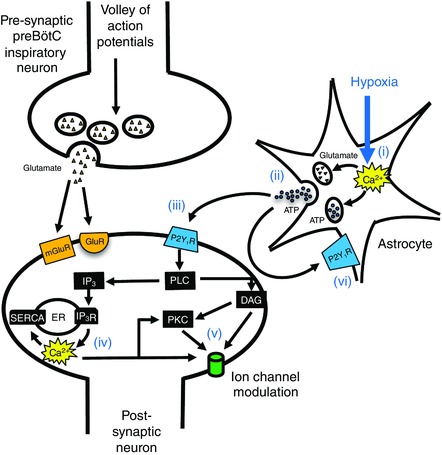Figure 1. Purinergic modulation of respiratory rhythm: a working hypothesis.

At the synapse of two preBötC inspiratory neurons, volleys of action potentials during inspiration in the presynaptic neuron evoke glutamate release, exciting postsynaptic neurons via ionotropic (GluR) and metabotropic (mGluR) receptors on preBötC inspiratory neurons. During hypoxia, astrocytes sense changes in O2, causing increases in intracellular calcium (i), resulting in the exocytotic release of gliotransmitters, including ATP (ii). ATP acts via P2Y1 receptors located on preBötC neurons (iii), causing a release of Ca2+ from intracellular stores mediated by DAG/IP3 (iv), and the modulation of downstream ion channels, [Ca2+]i, or the activation of protein kinase C (PKC) (v). Autocrine/paracrine of astrocytes by ATP may also contribute (vi).
